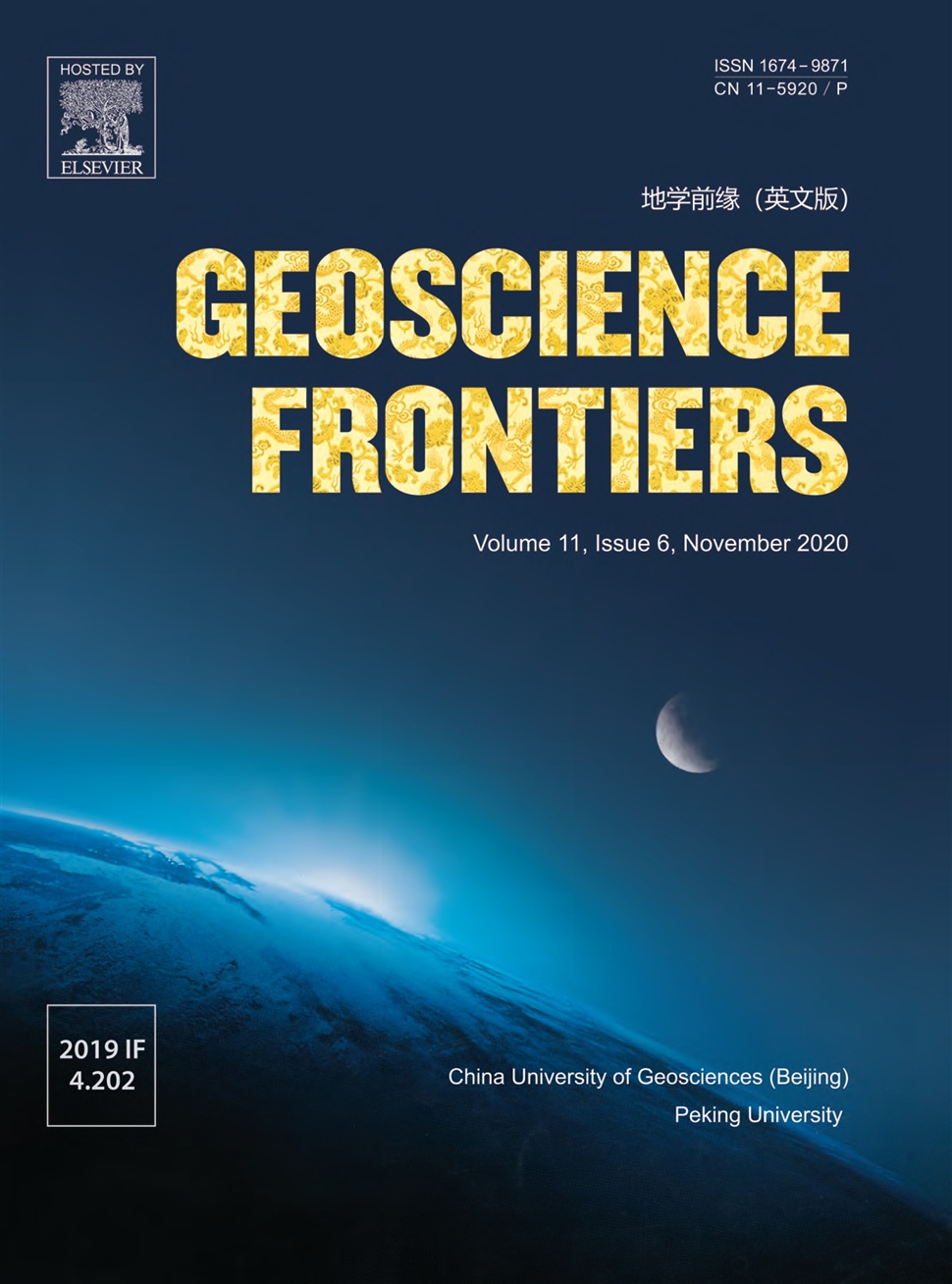Gully erosion spatial modelling: Role of machine learning algorithms in selection of the best controlling factors and modelling process
作者:Hamid Reza Pourghasemi,Nitheshnirmal Sadhasivam,Narges Kariminejad,Adrian L.Collins
摘要:This investigation assessed the efficacy of 10 widely used machine learning algorithms(MLA)comprising the least absolute shrinkage and selection operator(LASSO),generalized linear model(GLM),stepwise generalized linear model(SGLM),elastic net(ENET),partial least square(PLS),ridge regression,support vector machine(SVM),classification and regression trees(CART),bagged CART,and random forest(RF)for gully erosion susceptibility mapping(GESM)in Iran.The location of 462 previously existing gully erosion sites were mapped through widespread field investigations,of which 70%(323)and 30%(139)of observations were arbitrarily divided for algorithm calibration and validation.Twelve controlling factors for gully erosion,namely,soil texture,annual mean rainfall,digital elevation model(DEM),drainage density,slope,lithology,topographic wetness index(TWI),distance from rivers,aspect,distance from roads,plan curvature,and profile curvature were ranked in terms of their importance using each MLA.The MLA were compared using a training dataset for gully erosion and statistical measures such as RMSE(root mean square error),MAE(mean absolute error),and R-squared.Based on the comparisons among MLA,the RF algorithm exhibited the minimum RMSE and MAE and the maximum value of R-squared,and was therefore selected as the best model.The variable importance evaluation using the RF model revealed that distance from rivers had the highest significance in influencing the occurrence of gully erosion whereas plan curvature had the least importance.According to the GESM generated using RF,most of the study area is predicted to have a low(53.72%)or moderate(29.65%)susceptibility to gully erosion,whereas only a small area is identified to have a high(12.56%)or very high(4.07%)susceptibility.The outcome generated by RF model is validated using the ROC(Receiver Operating Characteristics)curve approach,which returned an area under the curve(AUC)of 0.985,proving the excellent forecasting ability of the model.The GESM prepared using the RF algorithm can ai
发文机构:Department of Natural Resources and Environmental Engineering Department of Geography Department of Watershed and Arid Zone Management Sustainable Agriculture Sciences
关键词:MachinelearningalgorithmGullyerosionRandomforestControllingfactorsVariableimportance
分类号: O17[理学—基础数学]
- Evolution of Mount Cameroon volcanism: Geochemistry, mineral chemistry and radiogenic isotopes(Pb, Sr, Nd)
- A large epeiric methanogenic Bambuí sea in the core of Gondwana supercontinent?
- Adakite-like granitoids of Songkultau:A relic of juvenile Cambrian arc in Kyrgyz Tien Shan
- Subaerial hot springs and near-surface hydrothermal mineral systems past and present,and possible extraterrestrial analogues
- East African topography and volcanism explained by a single,migrating plume
- Late Mesozoic topographic evolution of western Transbaikalia:Evidence for rapid geodynamic changes from the Mongol-Okhotsk collision to widespread rifting
- Water in coesite: Incorporation mechanism and operation condition,solubility and P-T dependence, and contribution to water transport and coesite preservation
- Constructing the latest Neoproterozoic to Early Paleozoic multiple crust-mantle interactions in western Bainaimiao arc terrane,southeastern Central Asian Orogenic Belt
- Characteristics of carbonatites from the northern part of the Korean Peninsula: A perspective from distribution, geology and geochemistry
- Recognition of two contrasting structural-and mineralogical-gold mineral systems in the Youjiang basin,China-Vietnam:Orogenic gold in the south and Carlin-type in the north


